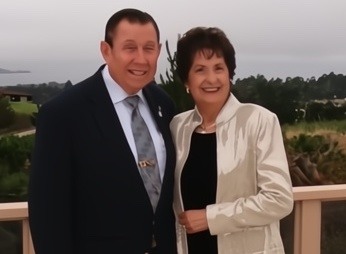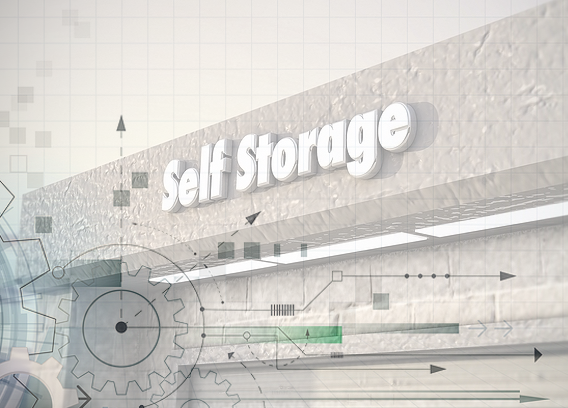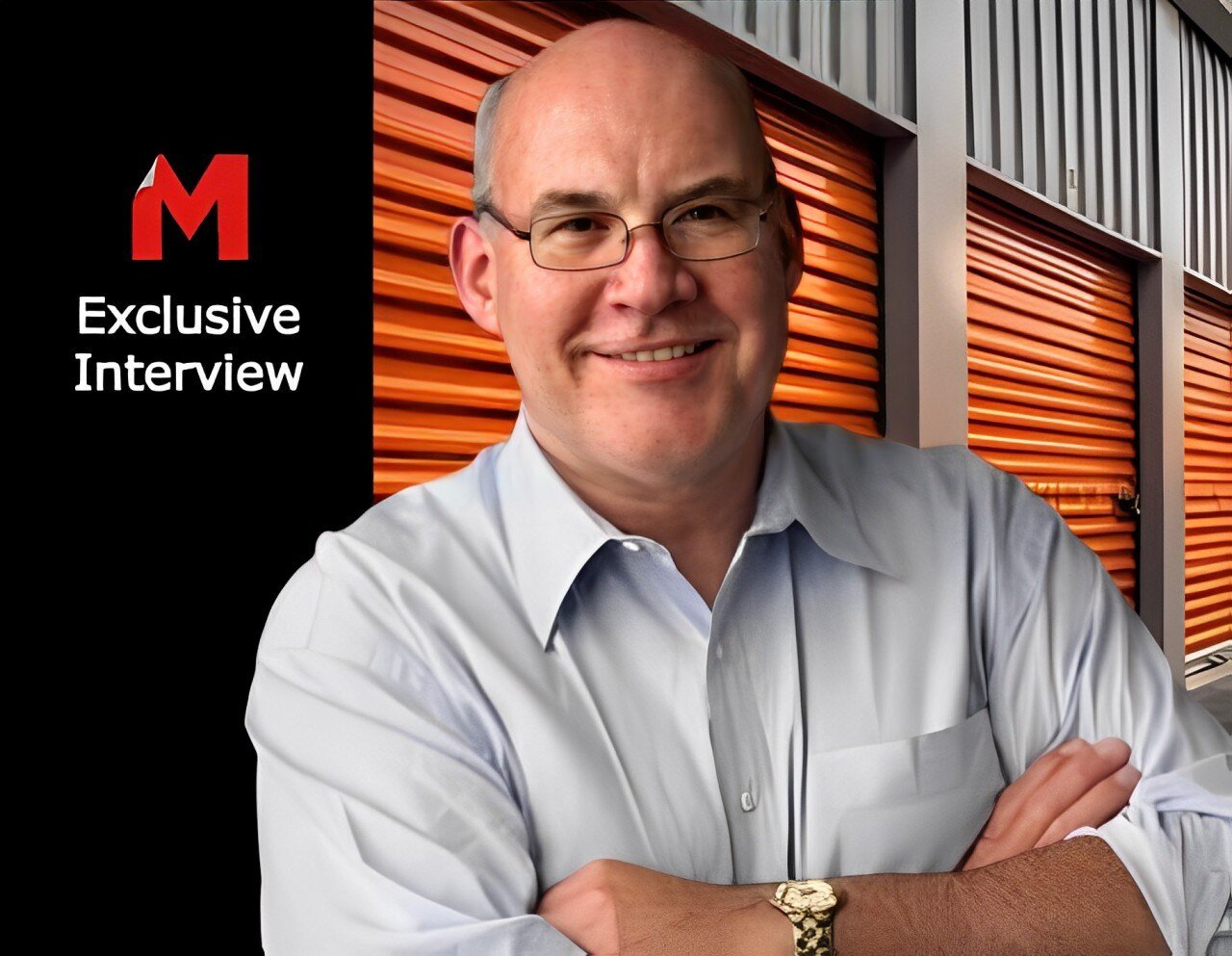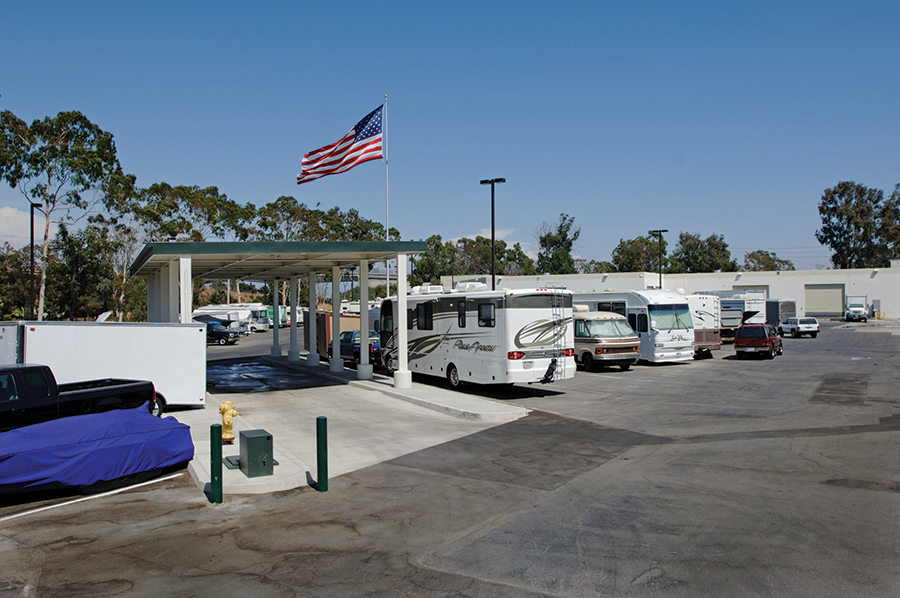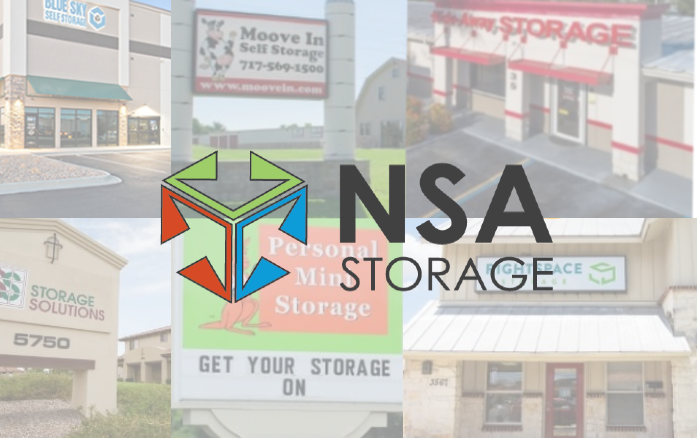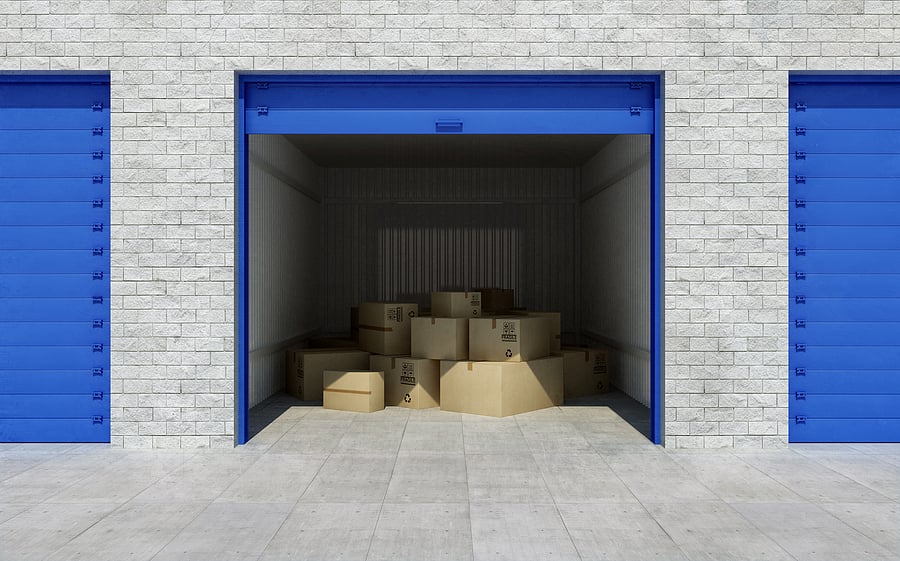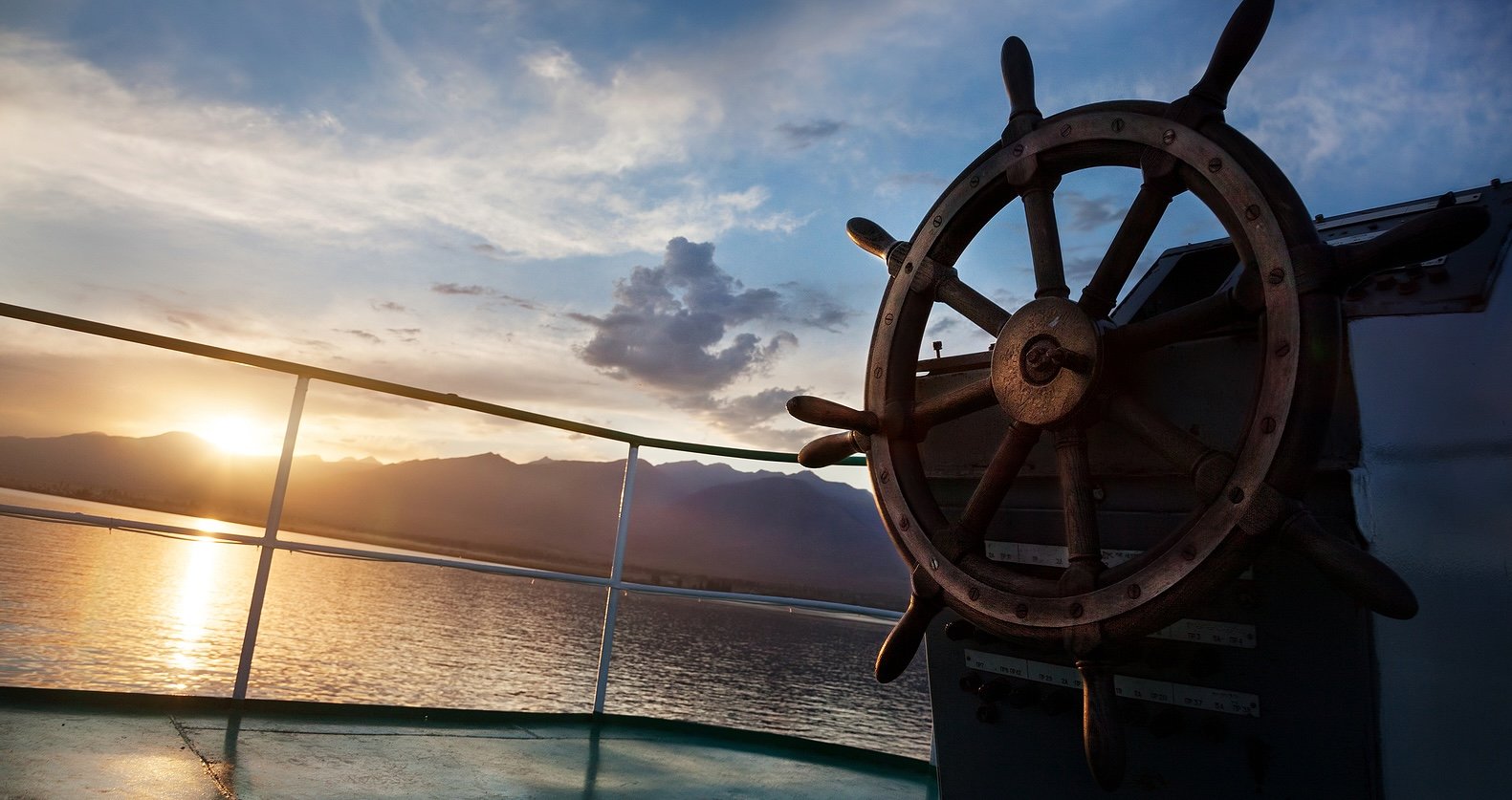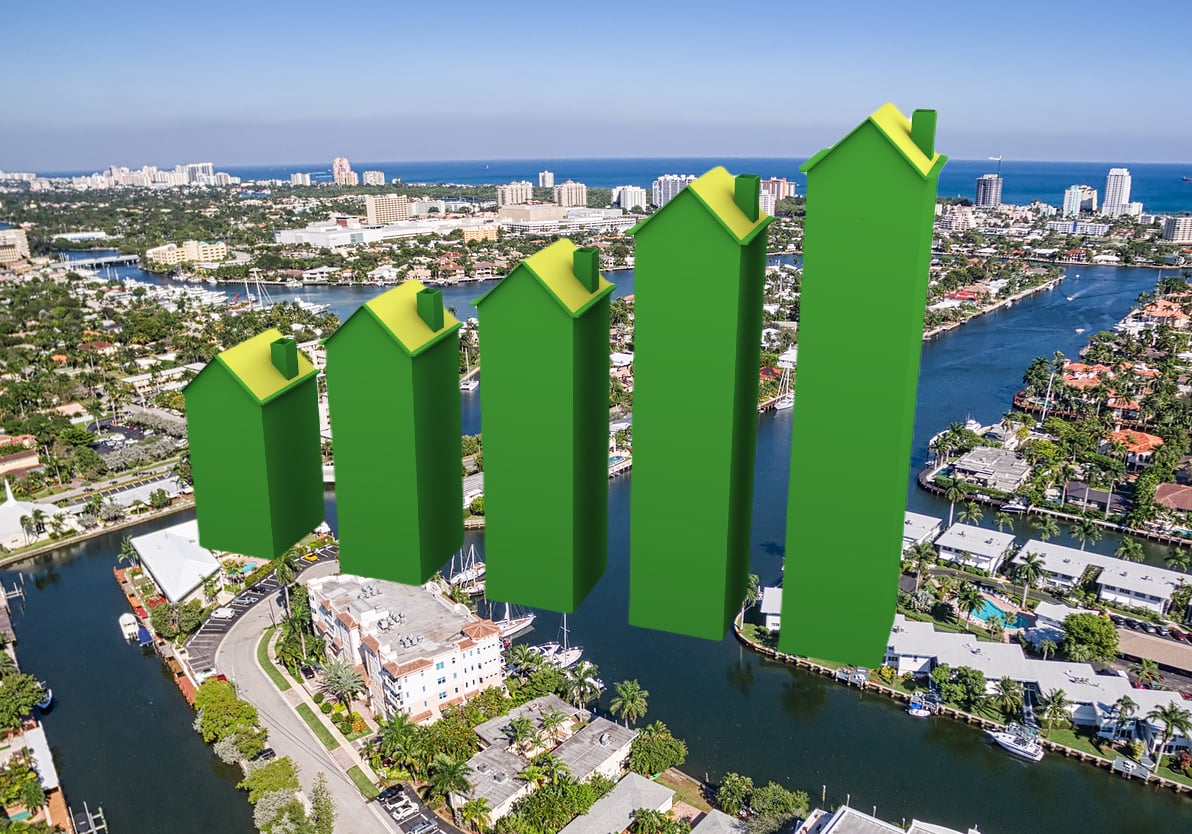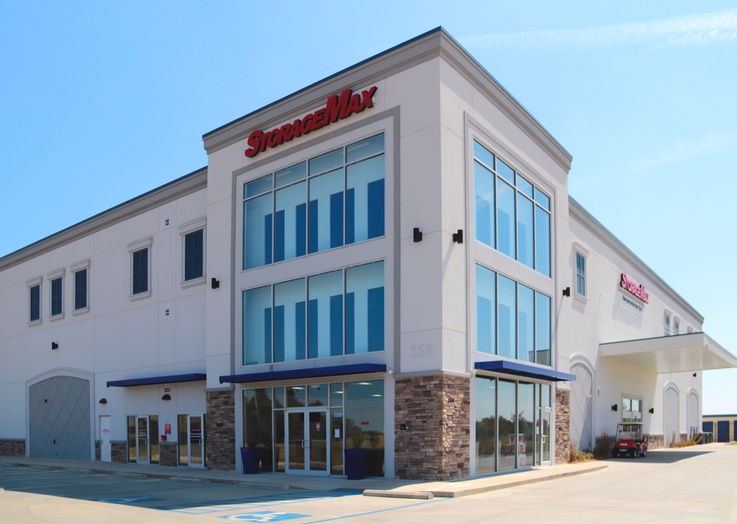Rod Watts
Rod Watts, Owner/Founder of High Country Erectors
Over the past few years, new self-storage development within the “Heart of America” has slowed to a meager trickle, with more development in the rural areas than the major cities of Nebraska and South Dakota. Moreover, it has been nearly a decade since there was a significant uptick in new storage development in the area. As a matter of fact, according to Rod Watts, owner and founder of High Country Erectors, an erection firm and dealer for Sentinel Buildings, developers in this Midwest region have become more prudent about building than ever before.
“People are a lot more cautious,” says Watts. “Since the boom time from 2006 to 2008, people in this region are more concerned with saturating the market. There are more smaller, satellite locations of 5,000 to 20,000 square feet being built than larger storage complexes in cities. We do a lot of rural storage in Nebraska and South Dakota.”
Market Metrics
The slowdown in storage development within this region can likely be linked to the populations and demographics of the two states. For starters, neither of South Dakota’s top two markets—Sioux Falls nor Rapid City—are included in the top 100 MSAs. Nevertheless, the Sioux Falls MSA boasts an area of 75 square miles and a population of 251,854, according to the Sioux Falls Convention and Visitors Bureau website. As for Rapid City, the second largest MSA in South Dakota, the 2010 U.S. Census stated that there were 126,382 people, 51,154 households, and 33,390 families residing in the MSA.
When looking at the state of South Dakota as a whole, the population is approximately 814,180, according to MiniCo’s 2014 Self-Storage Almanac. What’s more, South Dakota is the fifth least populous of the 50 states within the U.S. Despite those numbers, there is an abundance of storage space, with 11.68 rentable square feet per person in the Mount Rushmore State. In addition, as listed in the table “Primary Self-Storage Facilities by State,” there were 204 self-storage facilities with a combine total of 9,751,200 rentable square feet of storage space.
As for The Cornhusker State, Nebraska posts larger numbers than South Dakota in regards to both population and amount of storage space. The state’s population was reported as 1,896,190 on July 1, 2015, a 3.82 percent increase since the 2010 U.S. Census. And the 2014 Self-Storage Almanac reported 368 self-storage facilities with a combined total of 17,590,400 rentable square feet of storage space. Those numbers resulted in 9.48 rentable square feet of storage space per person residing in Nebraska.
Delving deeper into the state’s statistics, Omaha is the largest city within Nebraska. According to the 2010 U.S. Census, Omaha is the 43rd largest city in the nation as well as the 60th largest MSA in the U.S. It is also worth noting that Nebraska managed to make it on the “2012 Top 10 U.S. Growth States with 5,000 to 20,000 Families Moving” list, ranking ninth with 1.28 percentage growth.
In regards to the demographics of these states, the 2014 Self-Storage Almanac reports that both Nebraska and South Dakota exceed the national average of 13.7 percent for the percentage of population 65 and older, with 13.9 percent and 14.7 percent, respectively.
Additionally, according to the SSA’s 2013 Self-Storage Demand Study, nearly 20 percent of self-storage renters in the Midwest have annual household incomes of less than $20,000. This particular income statistic may be the reason why the majority (more than 32 percent) of self-storage units in the Midwest cost between $25 and $49.99 per month.
Mix It Up
Speaking of demographics, Watts is a firm believer that a self-storage facility’s unit mix should be based on the market area’s population. For instance, it is a well-known fact that college students are more likely to rent smaller units because they don’t have as much to store as retired couples who are downsizing from single-family homes to one-bedroom apartments in retirement villages.
Watts, who has been active in the self-storage industry for more than two decades, has made an additional discovery about how population impacts unit rentals. “In areas with more dense populations, the smaller units sold out first,” he says. “It’s the reverse in rural areas.” He states that the largest sized units are the first to be rented in the rural markets.
Data within the 2014 Self-Storage Almanac is mostly consistent with this notion. For example, across the nation, the least utilized unit size in rural areas is the 5-by-5, with less than seven percent of units being 5-by-5s. By region, the same is true for unit sizes in the Midwest as only seven percent of units in this region are 5-by-5s. On the opposite side of the size scale, however, 10-by-30s, the largest unit size listed, were not the most popular unit size in rural areas or in the Midwest. As a matter of fact, only seven percent of units in the Midwest are 10-by-30s. By location and region, 10-by-10s make up the largest part of unit mixes with more than 28 percent of units being this size.
In addition to size, there is also a preference for exterior units with drive-up access in the more rural areas of the Midwest, which includes both South Dakota and Nebraska. According to Almanac data, more than 72 percent of units at facilities in the Midwest are exterior units with drive-up access/parking.
Storage Projections
With all the numbers taken into account, Watts is adamant that this region will experience another surge in self-storage construction. Although he isn’t certain as to when it will happen, he knows the area is ready and not difficult to enter.
“The bigger the municipality, the more red tape there is to cut through,” says Watts. “We don’t have a lot of red tape in this region.”
In addition, Watts, whose company has erected more than 1,000 Sentinel Buildings since 1991, doesn’t foresee any drastic changes being made to the modern, low-profile style of self-storage buildings for at least 30 years. “They have low square footage costs compared to other types of construction,” he says. “In particular, Sentinel Buildings are affordable and easy to erect.”
To sum it up: Although South Dakota and Nebraska are not being inundated with new residents, both states are seeing a steady population increase each year. Despite the fact the Midwest is experiencing a “rural flight” (an overall increase in population but falling populations in rural counties), the area—much like the rest of the United States—is ready for new self-storage, especially within the states’ largest cities.
Erica Shatzer is the editor of Mini-Storage Messenger, Self-Storage Now!, and Self-Storage Canada.
More Content
Popular Posts
It’s said that necessity is the mother of...
Self-storage is not an industry that is...
The self storage industry is in a precarious...
Joe Shoen, CEO of U-Haul, has had enough.
Like its name implies, Surprise, Ariz., a...
There are an estimated 700,000 hotels in the...
In a booming economy, expendable income...
National Storage Affiliates Trust (NSA), the...
The question of “abandonment” of stored...
Boat and RV storage has morphed and...
It’s said that necessity is the mother of...
Self-storage is not an industry that is...
The self storage industry is in a precarious...
Joe Shoen, CEO of U-Haul, has had enough.
Recent Posts
A very wise self-storage expert once said...
Senate Bill 709 (SB709) has many in the...
What would you say is the most important...
When Germantown High School in Gluckstadt,...
It’s comforting to know that no matter how...
A very wise self-storage expert once said...
Senate Bill 709 (SB709) has many in the...


